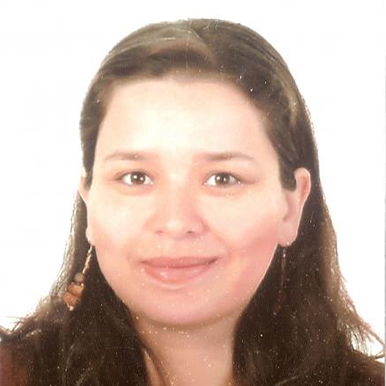Maiss worked at Dar Al-Omran Architectural Design Office and TURATH Architecture and Urban Design Consultants and taught at University of Jordan, German Jordanian University, JUST, Middle East University and Al-Ahliyya Amman University. During her career in the professional and academic streams, she focused on the design of green buildings and worked as a project coordinator at the Jordan Green Building Council.
Maiss earned LEED AP BD+C (Leadership in Energy and Environmental Design – Accredited Professional – in Building Design & Construction) from the USGBC in 2013, and REP (Renewable Energy Professional) from AEE in 2016. She was Chairperson of Green Building Architectural Committee at the Jordan Engineers Association (2015-2018), and has been Board member at the Energy Conservation & Sustainable Environment Society since 2016. Maiss received Al-Hussein Fund for Excellence and Creativity Award for the year 2015 in the category of the environment for the Bayti-Bee’ati project that aims to spread environmental awareness and importance of green building design to combat environmental degradation among the young generation.
Maiss has held many art exhibitions that showcased interconnections between the environment, architecture, heritage and the city. Her interests include: place attachment theory, environmental and behavioral psychology, green building design, relation between aesthetics and environmental conservation, art therapy, social entrepreneurship, and educational theories.
“The value of education is a heart conviction of mine in its positive power of effecting change and empowering the knowledgeable. Throughout my career as a practitioner and academic, I have strived to stay current with the latest innovations in my field and infuse such knowledge in my work, with the overarching goal to instill environmental conscientiousness and citizenry in individuals of various backgrounds. I am especially interested in greening the residential sector in Jordan. My work has been oriented towards researching the linkages between cognitive motivations of actions and achieving environmental conservation, social sustainability, and the role of aesthetics and place attachment in the preservation of nature.”




